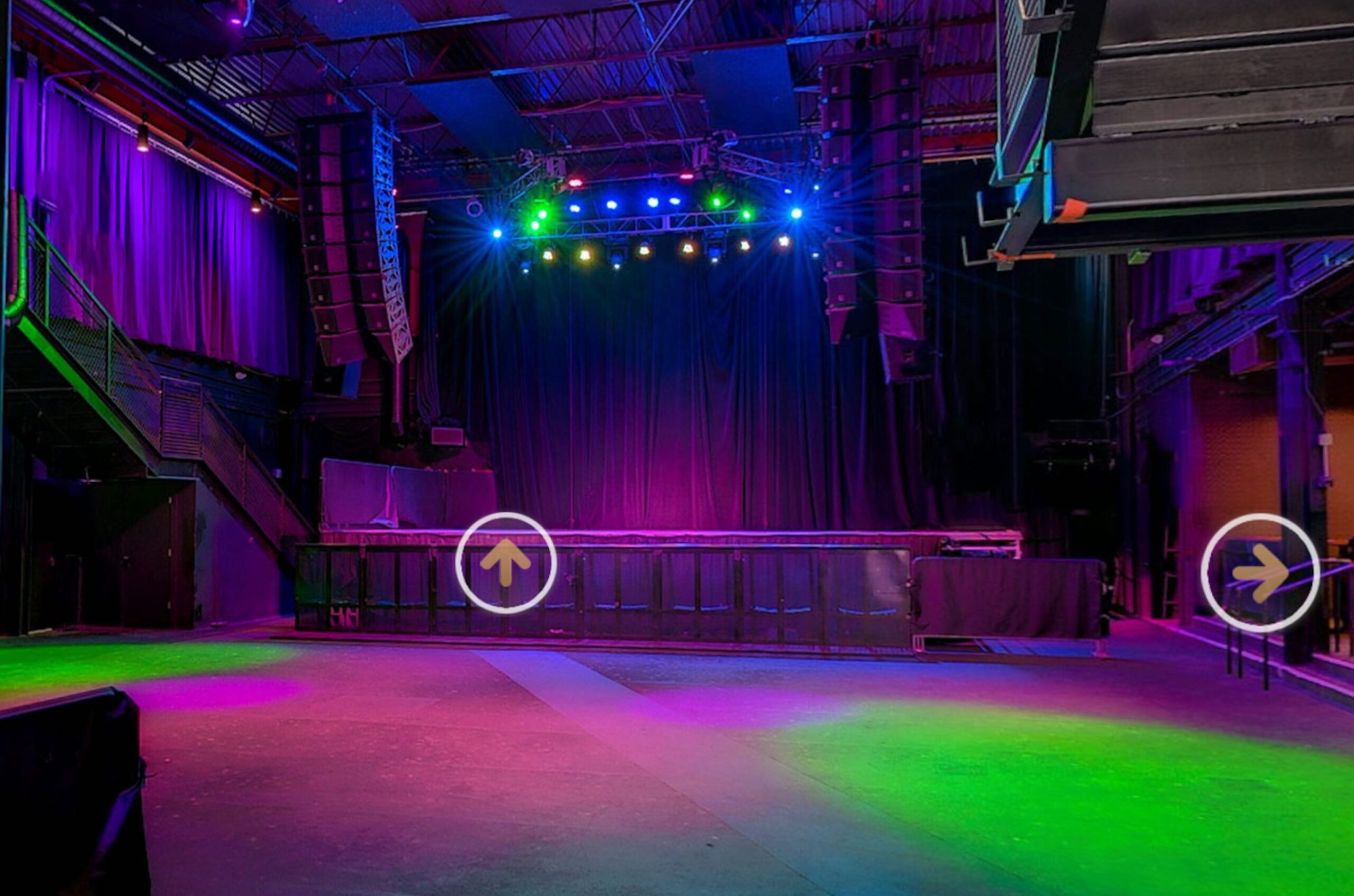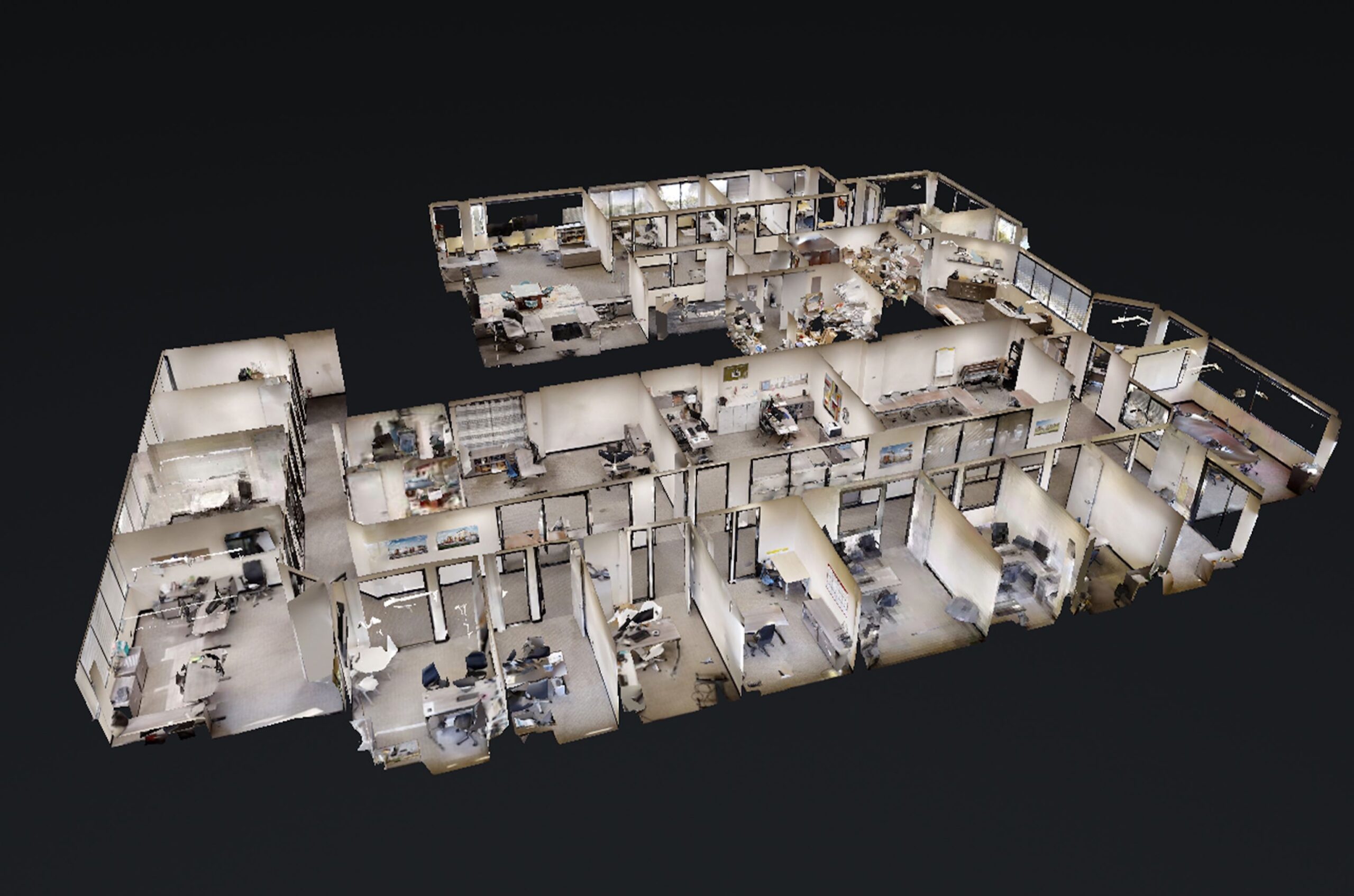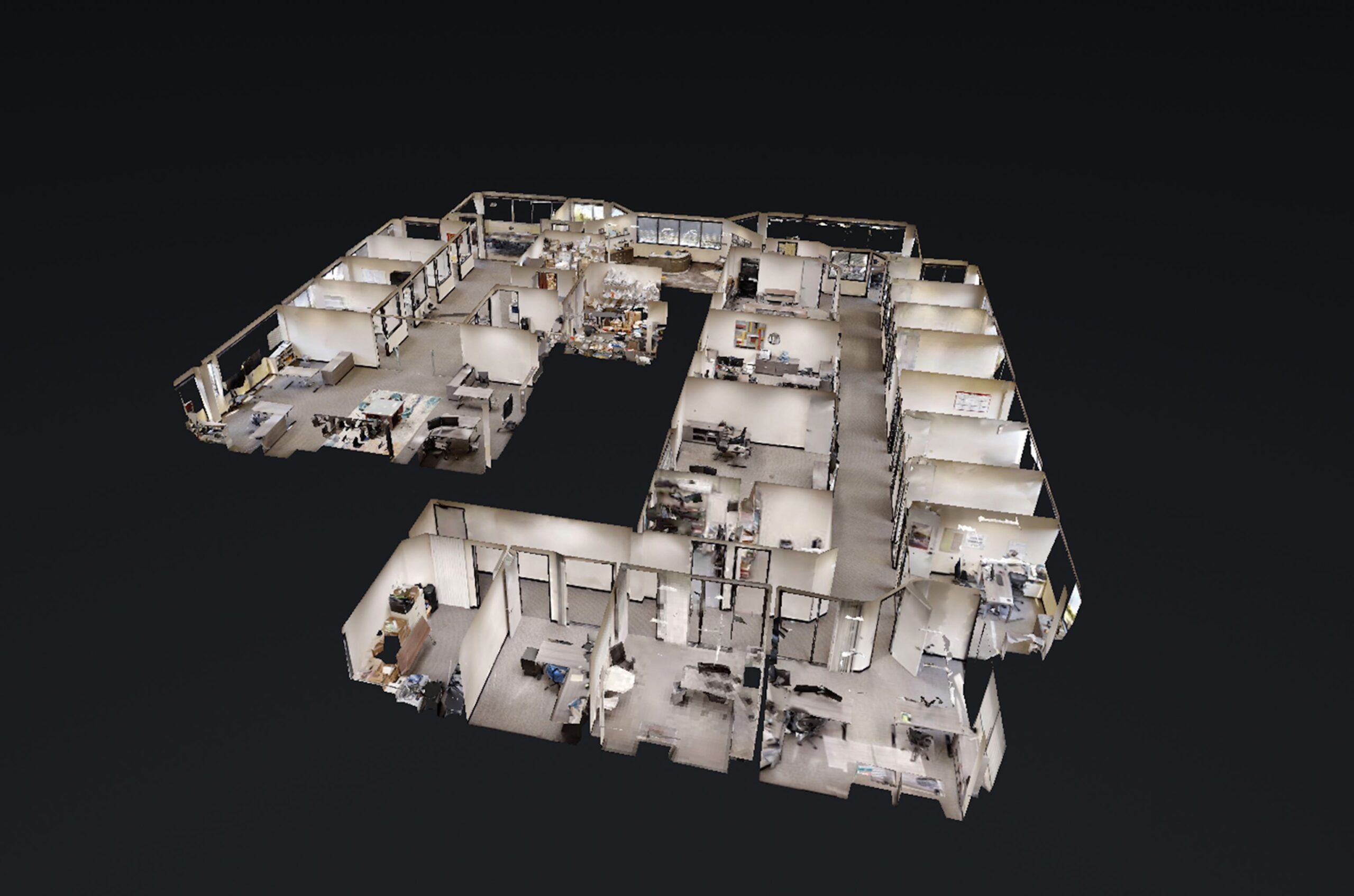In an age where digital presence is as crucial as the physical one, art galleries are turning to innovative solutions to showcase their collections to a global audience.
The advent of 360 virtual tours has opened a new realm of possibilities for gallery marketing, allowing art enthusiasts to transcend geographical boundaries and step into a world of virtual art exploration. This post delves into the transformative power of 360 virtual tours, offering fresh insights and advice on leveraging this technology to captivate and expand your audience.
- Creating an Immersive Experience: Utilizing 360 virtual tours allows galleries to create an immersive digital experience, akin to walking through the physical space. This technology can capture the ambiance of the gallery, the texture of the paintings, and the intricate details of sculptures, delivering a comprehensive sensory experience to the viewer.
- Enhanced Storytelling Techniques: A virtual tour can be more than just a visual walk-through. By integrating audio descriptions, background stories about the artists, and the inspiration behind each piece, galleries can craft a narrative that engages the audience emotionally and intellectually.
- Interactive Engagement Features: Including interactive elements such as clickable information pop-ups, video interviews with artists, and Q&A segments within the virtual tour can provide a more engaging experience than a simple physical visit.
- Cross-Promotional Opportunities: Virtual tours offer excellent cross-promotional opportunities. Galleries can collaborate with educational institutions, cultural organizations, and online art communities to host virtual exhibitions, creating a symbiotic relationship that boosts visibility.
- SEO Benefits and Analytics: Embedding a virtual tour on your gallery’s website can significantly improve your search engine ranking by increasing dwell time and providing content that is highly shareable. Additionally, using analytics tools, galleries can gain valuable insights into visitor interactions with the tour, helping to tailor future marketing strategies.
- Accessibility for All: Virtual tours democratize access to art, allowing people from all walks of life, regardless of physical or geographical limitations, to enjoy the gallery offerings. This inclusivity not only expands the gallery’s audience but also reinforces its reputation as a progressive and accessible institution.
- Innovative Marketing Strategies: Galleries can use virtual tours in their marketing campaigns by offering “virtual vernissages,” exclusive online previews of new exhibitions, or integrating augmented reality features that allow visitors to project artworks into their own space.
- Monetization of Virtual Experiences: While accessibility is key, galleries can also explore monetization strategies such as offering premium virtual tours with exclusive content, virtual art workshops, or online masterclasses with renowned artists.
- Integration with E-commerce: Virtual tours can be integrated with a gallery’s e-commerce platform, allowing visitors to click on artworks and be directed to a page where they can purchase prints or originals.
- Social Media Integration: Sharing snippets of virtual tours on social media platforms can increase engagement and direct traffic to the full experience on the gallery’s website, tapping into the marketing power of platforms like Instagram, Facebook, and Pinterest.
Conclusion: 360 virtual tours represent a paradigm shift in gallery marketing, offering an unparalleled opportunity to present art in a new dimension. This technology not only enhances the viewer’s experience but also opens up a myriad of marketing avenues for galleries to explore.
By embracing this digital revolution, galleries can reach a wider audience, tell compelling stories, and create a lasting impression that transcends the traditional confines of physical space. As the digital and art worlds continue to merge, those who adopt virtual tours will find themselves at the forefront of a new era of gallery marketing.







